Some Malaysian teachers are attempting to convert the Semai and other Orang Asli children in their schools to Islam. According to a news report on July 27, two different experts who spoke at a round-table dialogue on the education of the indigenous children described the subtle ways that teachers use for introducing their religious beliefs to the kids.
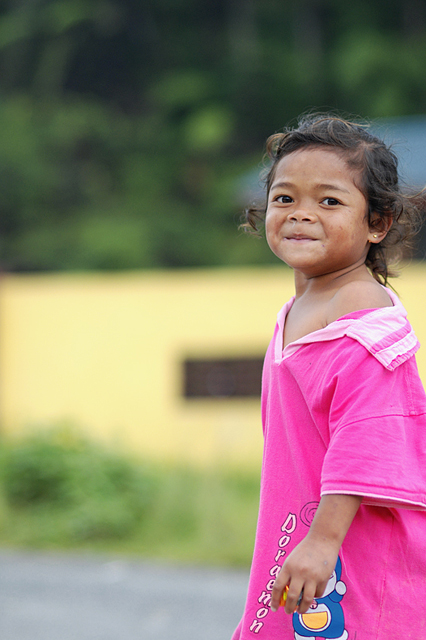
Colin Nicholas, Coordinator of the Center for Orang Asli Concerns, said in his presentation that a government policy dating from 1960 promoted the assimilation of the Original People into the folds of the Malay society. That policy has since been abandoned but the essential belief—that the Orang Asli would be better off if they would simply accept Islam and join the Malays—persists, at least among some teachers.
Nicholas said that the term “assimilation” was no longer politically correct. The term being used now was “integration” of the Orang Asli into the mainstream. He added, however, that the basic concept is the same. “By way of education, by way of progress, by way of infrastructure facilities and support and so on, the idea is to make Orang Asli (into) Malay, and the best way of course is through schools,” he said.
He quoted the Prime Minister of Malaysia, Mahathir Mohamad, as saying that the schools should be a platform for conversions to religion. Nicholas said that to the Prime Minister, “everything is about religion.”
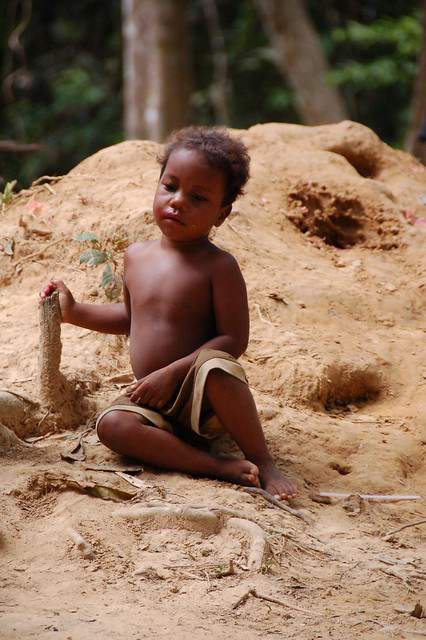
In response to a question about the conversion efforts by teachers in an Orang Asli pre-school in Kemas, Nicholas replied that there is no government policy favoring such approaches. He added, however, that some teachers employ low-key conversion strategies on their students. For instance, an Orang Asli mother, checking her daughter’s school bag, found an Islamic studies certificate in it that had been issued by the Federal Territories Islamic Department. The mother had specifically instructed the school to exempt her daughter from the course.
Nicholas concluded that Malaysia’s Aboriginal Peoples Act had exempted Orang Asli children from religious instruction unless their parents had consented in writing. He said “the reality is that, there are a lot of little Napoleons who do not understand the purpose of education, but have another agenda.”
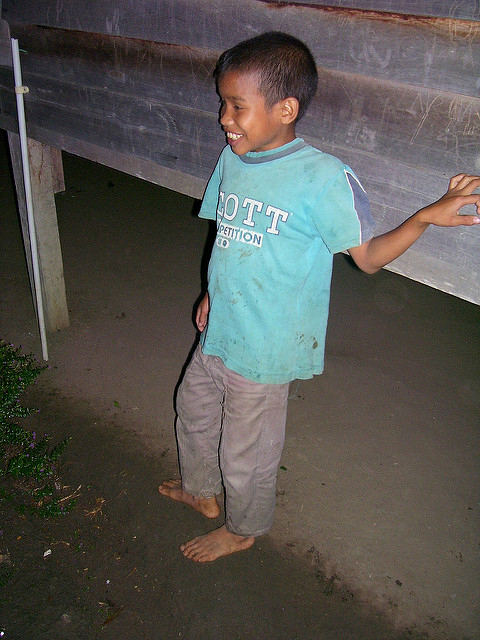
The news story from July 27 also noted comments by Suria Angit, Assistant Professor at the University of Nottingham. She also has visited Orang Asli schools as part of her research and discovered that in one school the children were being taught Arabic instead of Semai, which they were supposed to be learning.
Angit, who is herself a Temiar, another Orang Asli society, admitted that if you are a Muslim, learning Arabic is reasonable. But Orang Asli children should be taught their own languages in order to preserve their cultural identities. “Why are we turning them into Arabs?” she asked rhetorically.
The news report also quoted Jenita Engi, an education consultant from the Temuan society, who said that politics must not be allowed to mar the education of the Orang Asli kids.
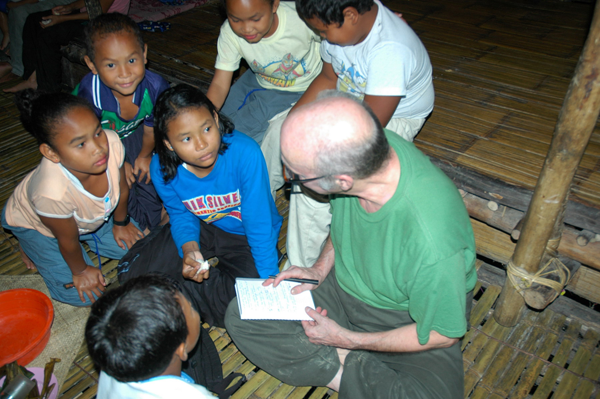
The news article does not venture into the central question, which is why Malaysian teachers should be striving to proselytize their Muslim beliefs onto the Orang Asli children. However, a scholarly article published in 2004 by Kirk Endicott and Robert Knox Dentan proposes some reasonable conclusions about the issue. A review of their article in this website in 2005 summarizes their arguments. Endicott and Dentan are anthropologists who have studied the Batek and the Semai societies, respectively, for decades.
Endicott and Dentan propose an answer to the question as to why the Malays are often committed to assimilating the Orang Asli into their Muslim faith. Their answer is that once the Orang Asli convert and accept Islam, they will be counted as Malays. And the number of Malays in Malaysia matters because they have only a slight majority of the population as a whole.
This is important to them because the Malaysian constitution accords special privileges to the Malay people, who constituted only 51 percent of the population of the nation 15 years ago. The large Chinese and Indian minority groups (30 percent and 9 percent of the population, respectively) pose only a distant threat to privileges of the Malay majority. But 51 percent still represents only a slim margin for the guaranteed preferential claims by the Malays to positions in the government, privileges in business, and control of the political structure. Their status is never really secure.
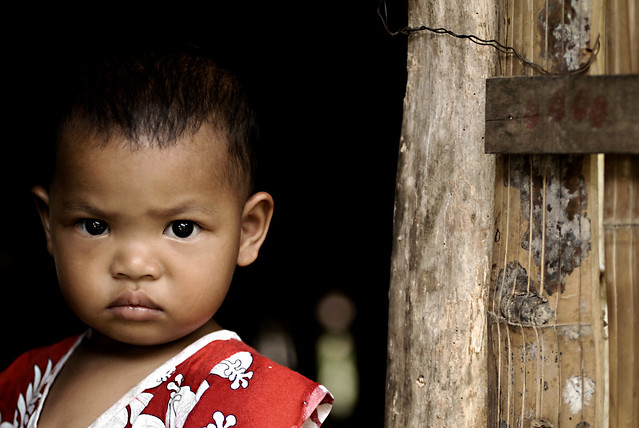
The definition of the Malay people as the dominant society in the country is based on their claim that they are the original people. That claim is awkward in face of the fact that the Orang Asli (Original People) predate the Malays as settlers in Malaysia for perhaps 10,000 years. The Semai are far more “original” than the Malays. So every Orang Asli child who accepts Islam, thus allowing himself or herself to be defined as a Malay, becomes one number more for the power structure of the shaky majority.
The motives of the Malaysian teachers who are trying to undercut the traditional religious and cultural beliefs of the Orang Asli are not explored by the news story last week. But it is reasonable to suspect that Endicott and Dentan’s analysis of 15 years ago is still accurate, at least to some extent, and securing Malay power may still motivate some of the teachers in the Orang Asli schools.